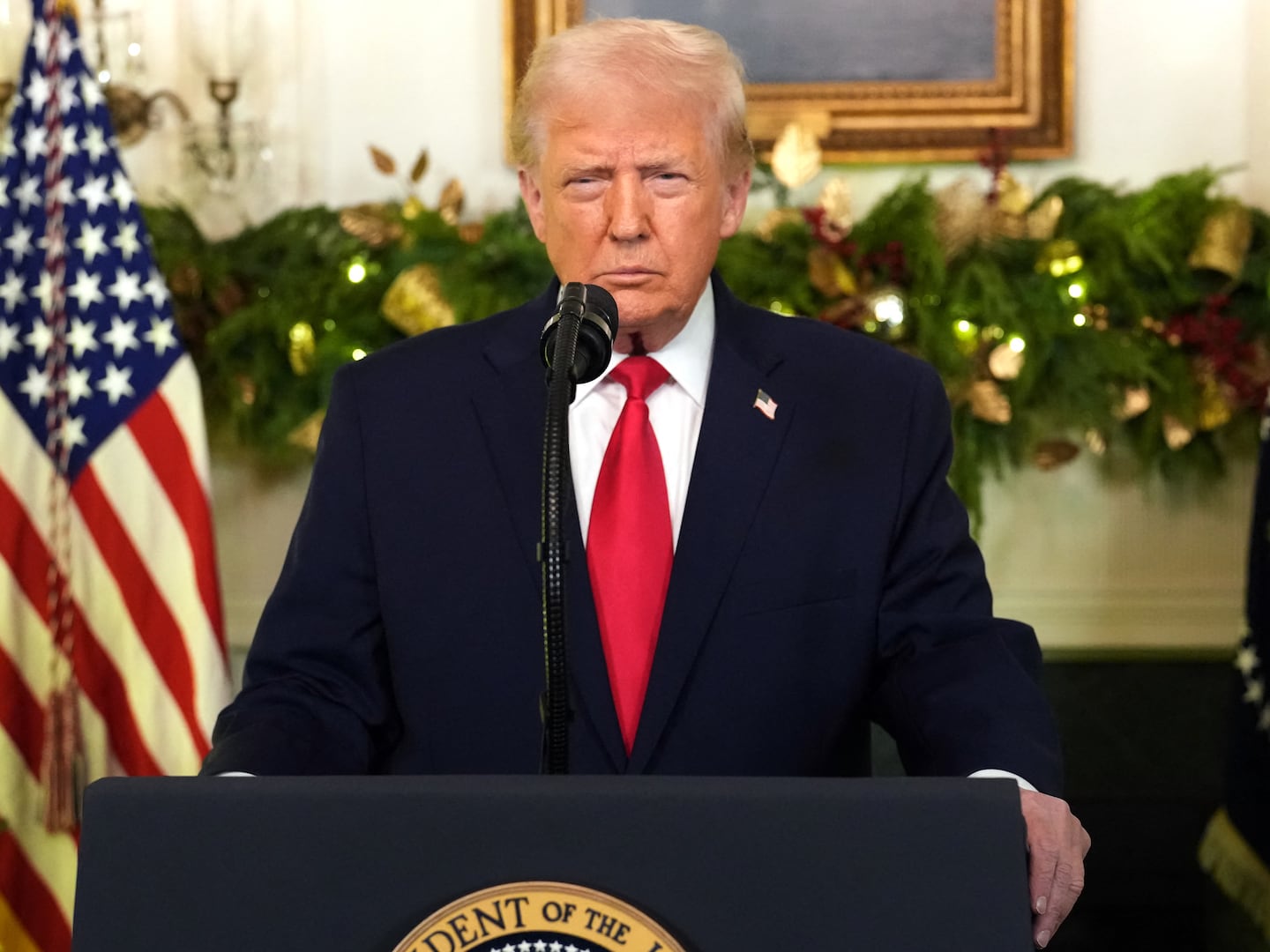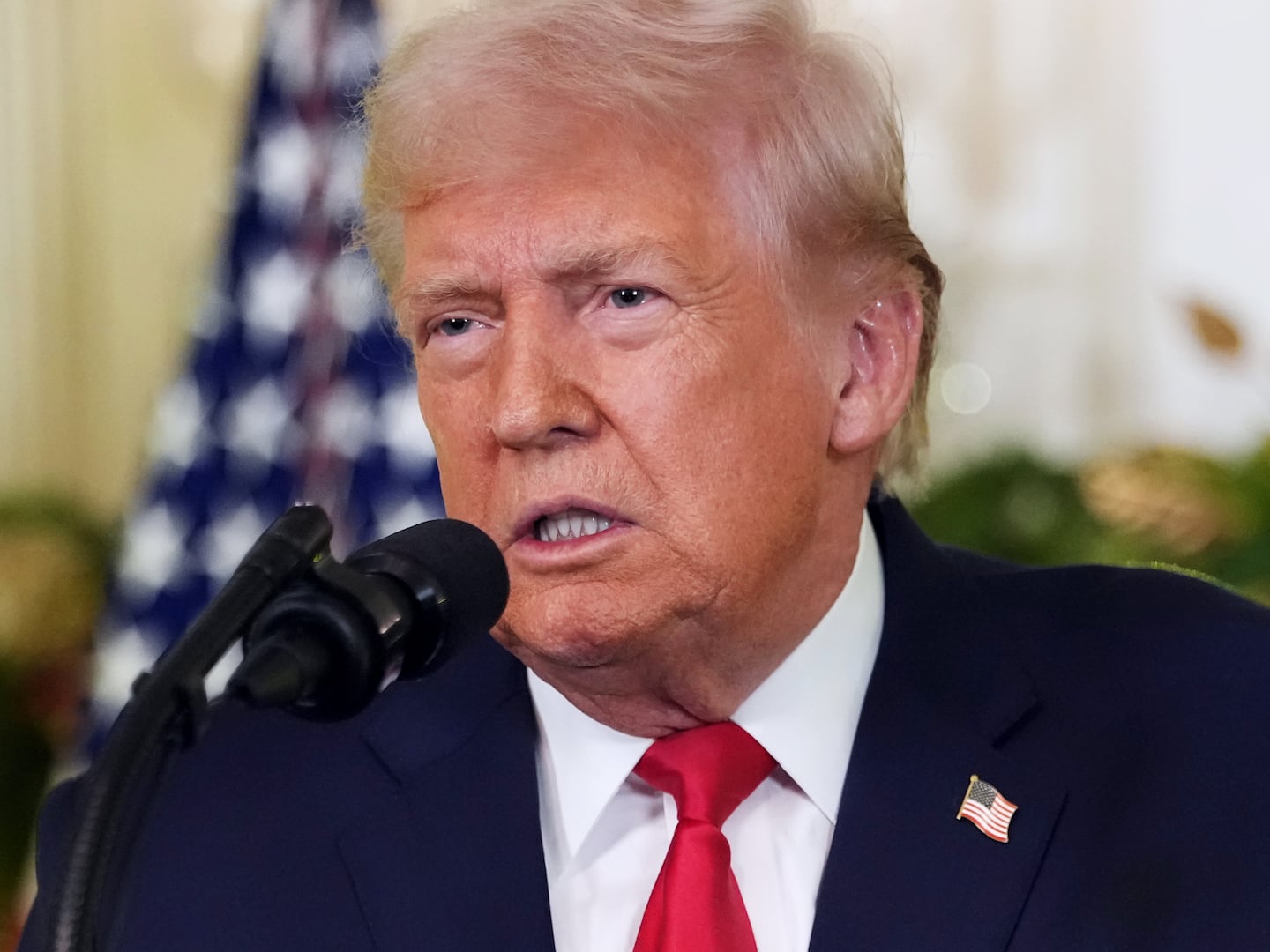
Plus, read more insight on Iran's election from other Daily Beast writers.
Last night I watched a disturbing video clip that has captivated Iranians and audiences around the world:
On a backstreet, a girl in her 20s, wearing blue jeans and white sneakers, is shot. The bullet has apparently pierced her chest. She collapses to the ground as a few men rush to help her and apply pressure to her gunshot wound. A man tells her: “Natars”—Farsi for “Don’t be scared.” Suddenly, out of her mouth and nostrils blood gushes forth. Then her eyes lose their focus and her head bends toward the camera. By now her face is soaked with blood. The same man who had told the girl not to be afraid now shouts: “Neda, bemoon!”—“Neda, stay with me!”
But Neda cannot stay. She dies.
Iran’s constitution has no Second Amendment. Only the state’s officials are allowed to bear arms. Neda was killed by a member of Basij paramilitary forces Saturday in Tehran. The video clip of her murder has circulated widely, turning Neda into a rallying cry for many struggling in the streets. (CNN ran the video in a pixilated version because of its graphic nature.)
Watch the Shocking Video
After watching the video my brother’s eyes were full of tears. I was too incensed to cry. But not everyone was disturbed by the video.
“That’s what comes from pouring into the streets,” was my mother’s casual reaction when I showed her the clip. My mother is hardly a callous person. On Friday, when the supreme leader declared in his nationally broadcast sermon that he is willing to give his life for “upholding Islam,” my mother—like most people listening, including a prayer hall filled with grown men—wept.
She was not touched by the video of Neda because it was not compatible with her essential presumptions. She cannot believe, for instance, that a Basij member could kill an innocent girl. To my mother, Basij members are the embodiment of everything admirable: They are deeply religious and completely devoted to the supreme leader. Their demeanor resembles that of the “martyrs”—those killed during the Iran-Iraq war. My mother’s brother was a young Basij member who was killed during the war. She could not believe someone so much like her brother could have murdered an innocent girl.
There had to be another explanation for what had happened to the girl in the video. But as it was difficult to come up with any, she shrugged off the problem by saying: “Well, that’s what comes out of pouring into the streets.”
Her offhand reaction, however, offended me. She was quick to detect my indignation. “Son, you and your brother have been brainwashed by the Western media…Why do you believe everything they say?” This is our parents’ typical line when they encounter the deep chasm that separates our way of thinking. It is completely futile to debate and determine who is actually being brainwashed. Like us, they have not suddenly formed their outlook in a day, as a result of open debating with someone.
My brother and I often forget that the state-run TV is almost the only way our parents, like many Iranians of their generation, get information. The state knows this very well. That’s why Jam-e-Jam, Islamic republic’s broadcasting building, is one of the most heavily fortified sections of Tehran. (A tank sits parked in front of the building as I write.)
As for the current protests, the state-run TV refers to the demonstrators as “mobs.” Broken shops and burned cars are the only parts of the protests the regime TV is prepared to air. Interviews show people in the street complaining that “mobs” have ruined their businesses and students who cannot study because of the noise the “mobs” make. What is never even implied in the TV is that hundreds of thousands of Iranians in major cities are marching peacefully in the streets to show their lack of trust in the state-announced election results. Nor will the clip of Neda’s murder ever make the airwaves.
I was born years after the 1979 revolution, but I can very well imagine that in the days when our parents fought for “freedom, independence and the Islamic republic,” the shah’s mouthpieces used the same strategy as our current state-run media. They surely reduced the protesters to unruly “mobs” who were “undermining the country’s security and integrity.”
My parents do not appreciate this irony. But at least my brother and I have access to proxy servers that let us access Web sites that show the Neda video and commemorate her life. We were not able to attend, but we know that she has been secretly buried in Bheshte-e-Zahra Cemetery, the same place in Tehran where Khomeini made his historic speech after returning to Iran from years of exile:
Let us assume that a nation at a particular time votes for someone to become their sultan. It is their life and they can do anything they want with it. But what gives them the right to make decisions for their children, for the nation yet to come? Even if all the Iranians voted for Reza-Shah—an absurd assumption—what gives them the right to make his son the king over our heads?...This traitor has wrecked our country and the cemeteries are the only place left untouched by his hands.
Neda’s name means “voice” in Farsi. Even though she has been silenced by a Basiji bullet, her death has given new voice to our generation’s demand for reform. Our parents may not understand it yet, but soon they will have to come to terms with the fact that our voices are the future. They can no longer make decisions for their children—or for the Iranian nation yet to come.
The writer, who uses a pseudonym for his own safety, is a university student in Iran.






